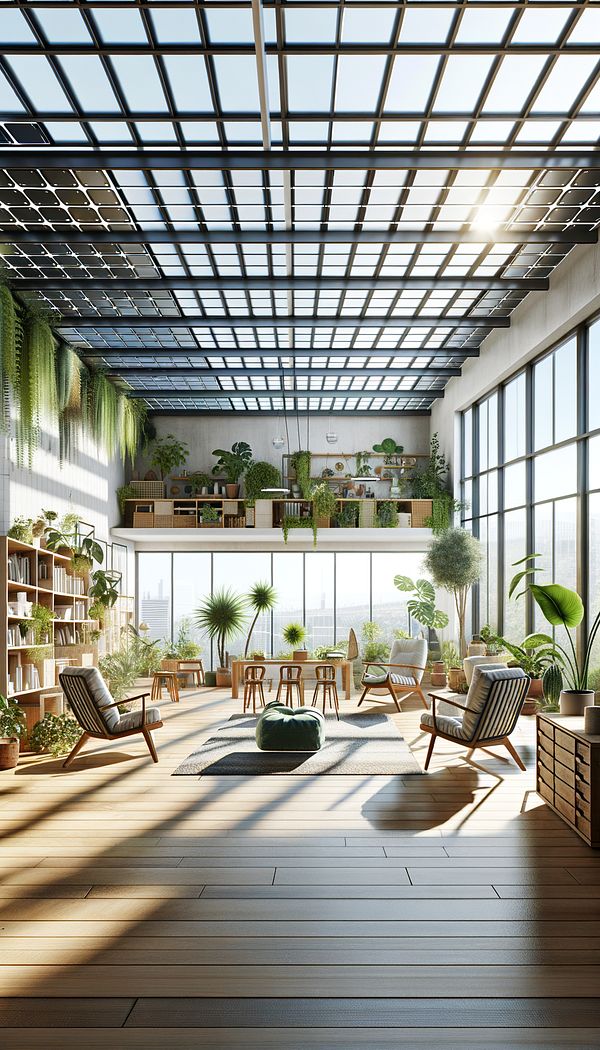What is Sustainable Design?
Sustainable design is an approach to designing physical objects, the built environment, and services in a way that reduces their impact on the environment and promotes both ecological and human health.
Description
Sustainable design, often synonymous with "eco-friendly design" or "green design," focuses on minimizing negative impacts on the environment through careful consideration of materials, energy, and development practices. This holistic approach extends beyond merely incorporating sustainability and eco friendly design materials into a project. Instead, it emphasizes a life-cycle mindset, evaluating the environmental impact of a design from sourcing materials to end-of-life disposal or recycling.
Key principles of sustainable design include the efficient use of resources, energy efficiency, reducing waste and pollution, and improving indoor environmental quality. These principles guide designers in making selections that are better for the planet and for the well-being of its occupants. Furthermore, sustainable design often incorporates space planning and layout to optimize natural light and air quality, which can significantly enhance a space's functionality and comfort while reducing energy usage.
Implementing sustainable design requires collaboration among all stakeholders involved in a project, including architects, interior designers, contractors, and clients. This collaborative effort ensures that sustainable practices are integrated throughout all stages of a project, from concept to completion. By prioritizing sustainability, designers can create spaces that are not only environmentally responsible but also economically and socially beneficial.
Usage
Sustainable design can be applied in various contexts, from residential homes, which may use sustainable materials and solar panels, to office spaces that optimize natural lighting and use energy-efficient appliances. Urban development projects often incorporate sustainable design principles to create green spaces, improve air and water quality, and encourage sustainable transport options.
FAQs
-
What makes a design sustainable?
A design is considered sustainable if it reduces environmental impact, utilizes resources efficiently, improves indoor environmental quality, and considers the entire lifecycle of materials and products.
-
Can sustainable design be cost-effective?
Yes, while sustainable design may involve upfront costs, it often leads to long-term savings through reduced energy consumption, lower maintenance costs, and potential tax incentives for eco-friendly practices.
-
How does sustainable design benefit individuals and communities?
Sustainable design benefits individuals by creating healthier living environments and communities by reducing carbon footprints, enhancing green spaces, and promoting overall ecological balance.
Practical Application
When integrating sustainable design into a project, consider sourcing materials locally to reduce transportation emissions, selecting materials and textiles that are recyclable or from renewable sources, and incorporating energy-efficient lighting and appliances. Optimizing natural light and ventilation through strategic space planning and layout can also improve energy efficiency and create a more comfortable environment.
-
Materials & Textiles360 articles
-
Lighting111 articles
-
Construction & Building86 articles
-
Sustainability & Eco-Friendly Design69 articles
-
Space Planning & Layout134 articles
-
FiguringFiguring refers to the natural patterns and markings found in wood.
-
AcousticsAcoustics is the branch of science that deals with the study of sound and how it is perceived in an environment.
-
RattanRattan is a natural, renewable material often used in furniture and decor.
-
SetteeA settee is a medium-sized sofa designed to seat two or three people comfortably.
-
LimewashLimewash is a type of paint made from limestone.
